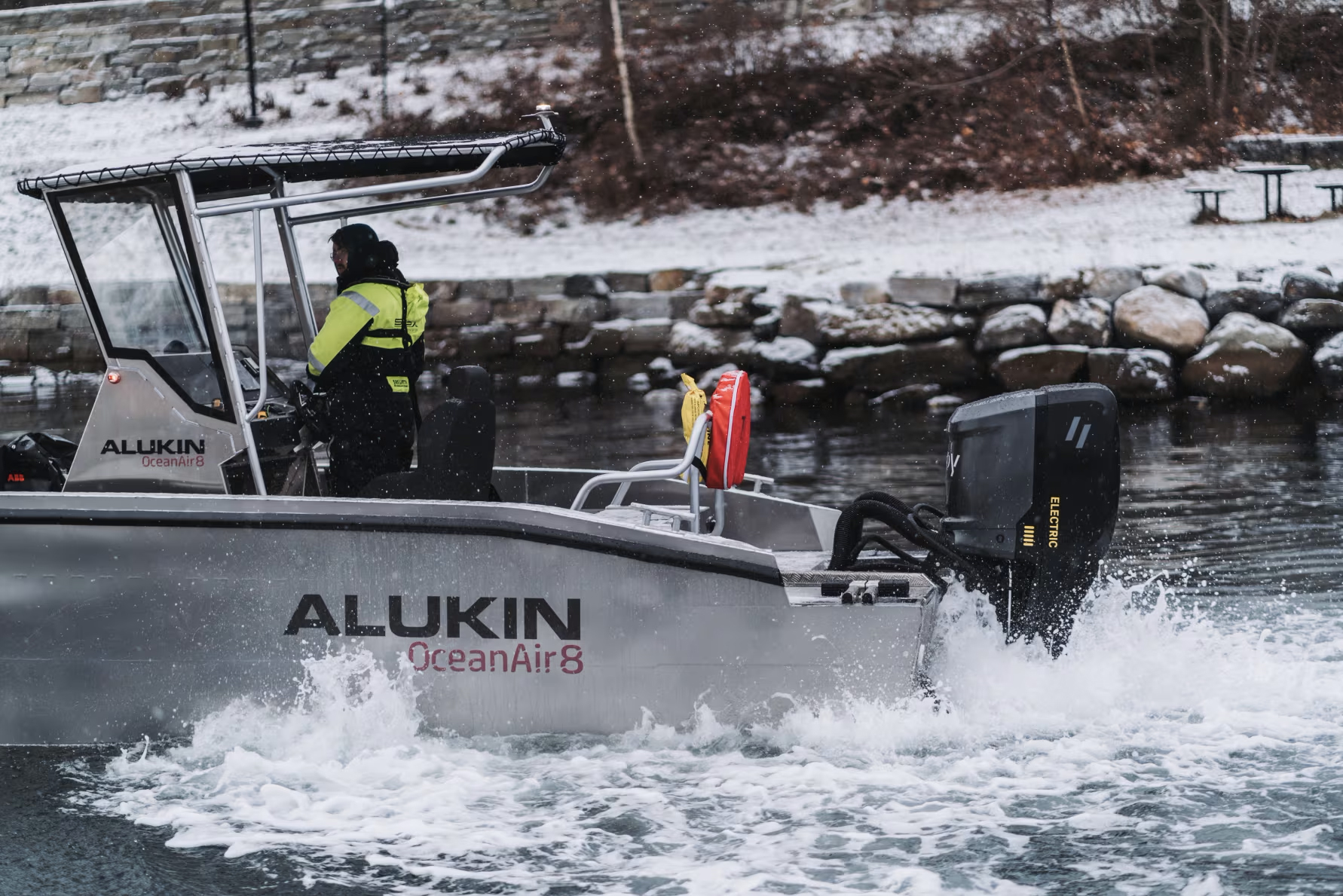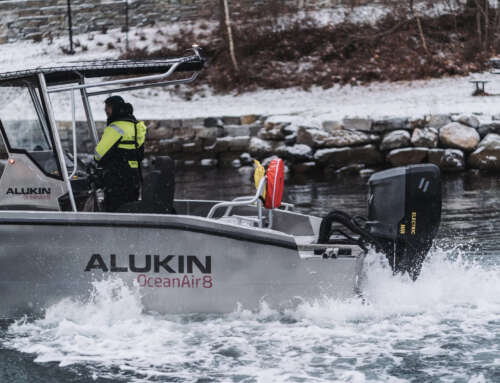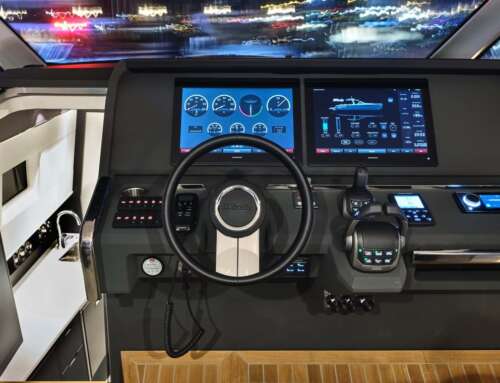In the relentless quest for sustainability and efficiency in the maritime sector, the reduction of ship friction emerges as a beacon of innovation, promising not only significant fuel savings but also a drastic decrease in greenhouse gas emissions or more importantly, the increased range of electric motors on ships.
The Challenge of Breakthrough Resistance
Every wave cut by a ship’s hull bears witness to the constant challenge that resistance to progress represents for naval engineering. This resistance, a friction generated between the hull of the boat and the water, is one of the main energy consumers in any vessel. Reducing it is not only a question of technical optimization; it is an economic and environmental imperative. By reducing drag, significant savings in fuel consumption are achieved, resulting in cleaner and more cost-effective marine operations.
Ocean Air 8: The proposal of Nimbus Group and Pascal Technologies
Alukin’s (Nimbus Group) Ocean Air 8 is an innovative aluminum boat designed for sustainability, using Pascal Technologies’ AirHull technology and Evoy’s electric propulsion to reduce energy consumption and increase range. This collaboration seeks to make sailing greener by testing new technologies to optimize energy use, with the ship’s design enabling a 33% reduction in energy consumption and a 50% increase in range. In addition, the entire system is centralized on one screen.
The Q Experience
screen, which makes operation much more comfortable and intuitive.

The Alukin Ocean Air 8 uses Pascal’s AirHull technology to reduce power consumption on planing boats, with a fan system that creates an overpressure under the hull, reducing drag. This design favors electrification and the boat is equipped with an Evoy electric motor. Maria Nikula of Nimbus Group notes: “With this project, our target is the sailors of the future and the generation that this year will be the largest on the planet, the Z generation. We have named the concept boat Ocean Air 8, which indicates the area of use and function, i.e. the forward motion of the boat that is facilitated by the pressure of the air against the water. The number 8 corresponds to the length of the hull in meters.”
Revolutionary technology
The system uses a fan to compress air in the cavity, creating an overpressure that partially lifts the boat out of the water. This technology is similar to traditional surface effect vessels (SES), but Pascal’s AirHull is unique because it uses a special hull design and a flexible flap system to keep air inside the cavity. The system is controlled by a navigation control that ensures the boat moves smoothly and efficiently.
The AirHull includes the air system, driveline and batteries. All components are integrated and regulated by our navigation control system. The platform architecture is robust and scalable for vessels from 6 to 30 meters. It is optimized for electric navigation, and the advanced navigation control system ensures maximum energy efficiency.
The future of electric boats looks promising, marking a transition to more sustainable and efficient shipping. With the introduction of innovative technologies such as the AirHull, which reduces water friction and optimizes energy consumption, the way is open for emission-free high-speed and long-range vessels. This evolution not only responds to growing environmental demands but also redefines the shipping experience, offering a clean and advanced alternative that promises to revolutionize the maritime sector.





